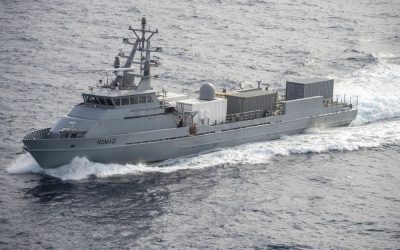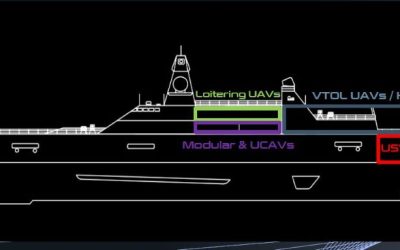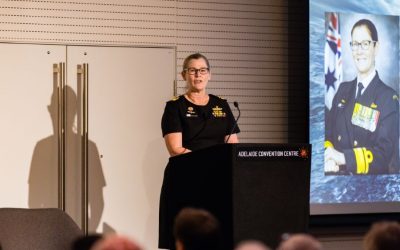The roles assigned to UK Royal Navy are growing, government policy on naval shipbuilding is evolving and a ‘refresh’ of naval shipbuilding strategy is in the works. What does that mean for British shipyards, their role building warship and auxiliaries, and their ability to export? Responses to a Defence Committee inquiry provide answers from yards’ point of view.
The inquiry, launched in April 2021, comes as the Johnson administration plans for a ‘Global Britain’ in the aftermath of Brexit and is examining whether naval procurement and support plans can deliver the capabilities required.
In written evidence to the inquiry, a number of yards and supplier put forth their views, many echoing comments from Professor Trevor Taylor, Professorial Research Fellow in Defence Management at the Royal United Services Institute.
Professor Taylor noted that warship and submarine design, development, testing and production capabilities “cannot be turned on and off like a tap” and that a defence industrial capability to design, engineer and build complex warships requires a workforce in the prime contractor that contains a wide range of skills and understanding, much of which take years to acquire.
“Shipbuilding also demands an expensive infrastructure that, for final assembly and subsequent ship launch, is tied to a specified location,” Professor Taylor said. “Workforce expertise, capital assets and finance considerations also apply to the dozens of major sub-system suppliers, and hundreds of smaller suppliers associated with a complex warship or submarine.”
“The shipbuilding sector should be viewed holistically and needs a regular drumbeat of orders in order to maintain its capacity to deliver,” he said. “This is complicated by the design and engineering phase and the building phase being at their most intensive at different times: in simple terms, two drumbeats of workflows need to be provided. This is particularly relevant to nuclear submarines which they are amongst the most demanding and complex systems made by human beings.
“The UK industrial capability is still recovering from the rundown of orders and then employment at Barrow and in the supply chain after the delivery of the last Vanguard class submarine. The workforces of GEC and its successor BAE Systems at Barrow fell from over 14,000 to under 3,000. Today the workforce is back up to 10,000 but the company and the Ministry of Defence have paid a heavy financial price for the interlude in submarine work.
“In the UK, reconciling national shipbuilding capabilities with competitive tendering is difficult, even logically impossible. In practice, competitive tendering in markets where there are only two or three suppliers, where entry barriers for new firms are high, and when there is a single key customer that places order only every decade or more, often produces unintended consequences.”





